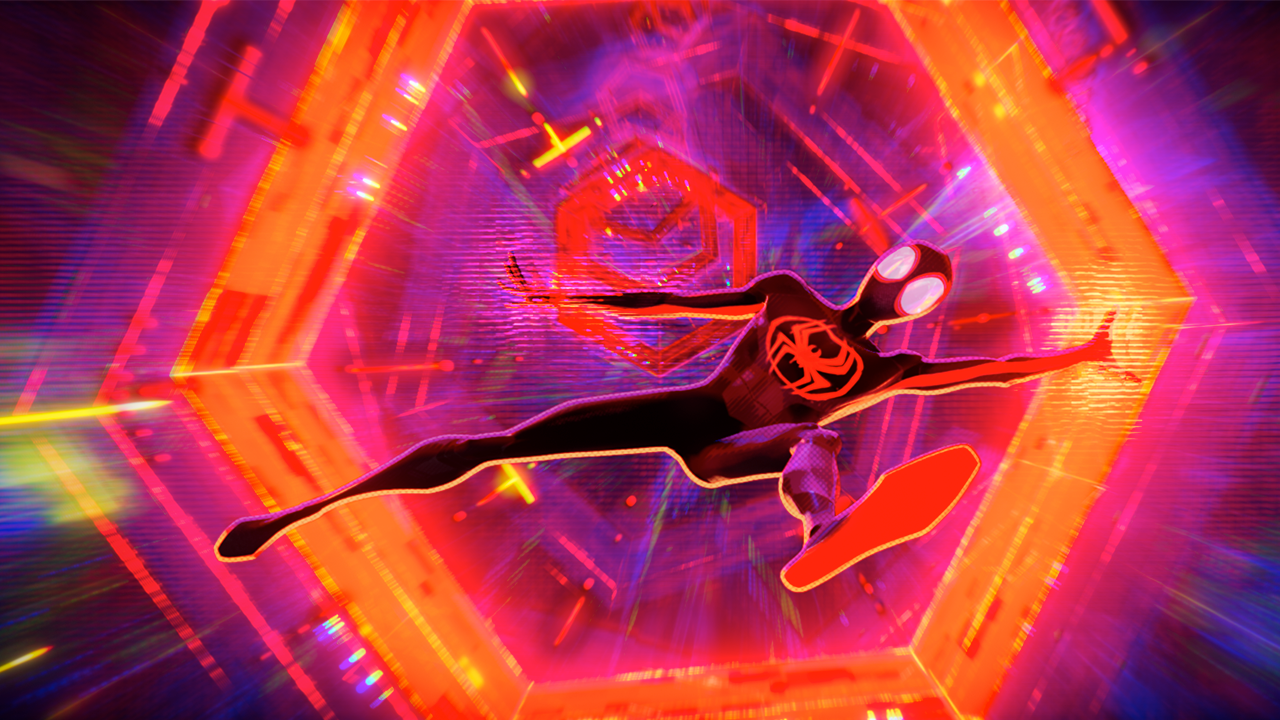The concept of a multiverse has been around for decades–other versions of our reality that represent the different decisions we could make, and the countless variables of our world. In recent years, though, the multiverse has become a staple of pop culture, whether it’s the Academy Award-winning Everything Everywhere All At Once, FX’s Devs TV series, or more broadly, the Marvel Cinematic Universe. The MCU kicked open the doors of its own multiverse in 2021 with Spider-Man: No Way Home and began to explore it more deeply with Doctor Strange in the Multiverse of Madness and Ant-Man and the Wasp in Quantumania. Before the MCU ever dared, though, The CW’s Arrowverse began exploring the multiverse concept years earlier, predating even Sony’s excellent Spider-Man: Into the Spider-Verse.

The Flash kicked things off way back in Season 2. One of the biggest mysteries of Season 2 was the question of who was hidden under the iron mask in Hunter Zolomon’s cage. The man in the iron mask turned out to be none other than Jay Garrick, the Flash of Earth-2. Series showrunners cast John Wesley Shipp in the role, who was best known for playing The Flash on the CBS TV series, which aired in 1990 and 1991. Alongside Garrick, the show also introduced Tom Cavanagh’s second character on the show, Harry Wells, an Earth-2 variant of Harrison Wells. Just weeks later, Barry and Cisco would find themselves on Earth-38, where they would meet Supergirl–a show airing on CBS at that time. That gave us three canonical Earth variants for the CW in 2016.
Season 3 then began with Barry’s first truly big mistake, when he went back in time to stop Reverse-Flash from killing his mother and, in the process, created a new timeline with lots of changes that gave the Arrowverse showrunners an opportunity to make a lot of little changes. This was the Arrowverse’s take on Flashpoint, a comic book storyline that’s also being explored in the upcoming Flash movie.
